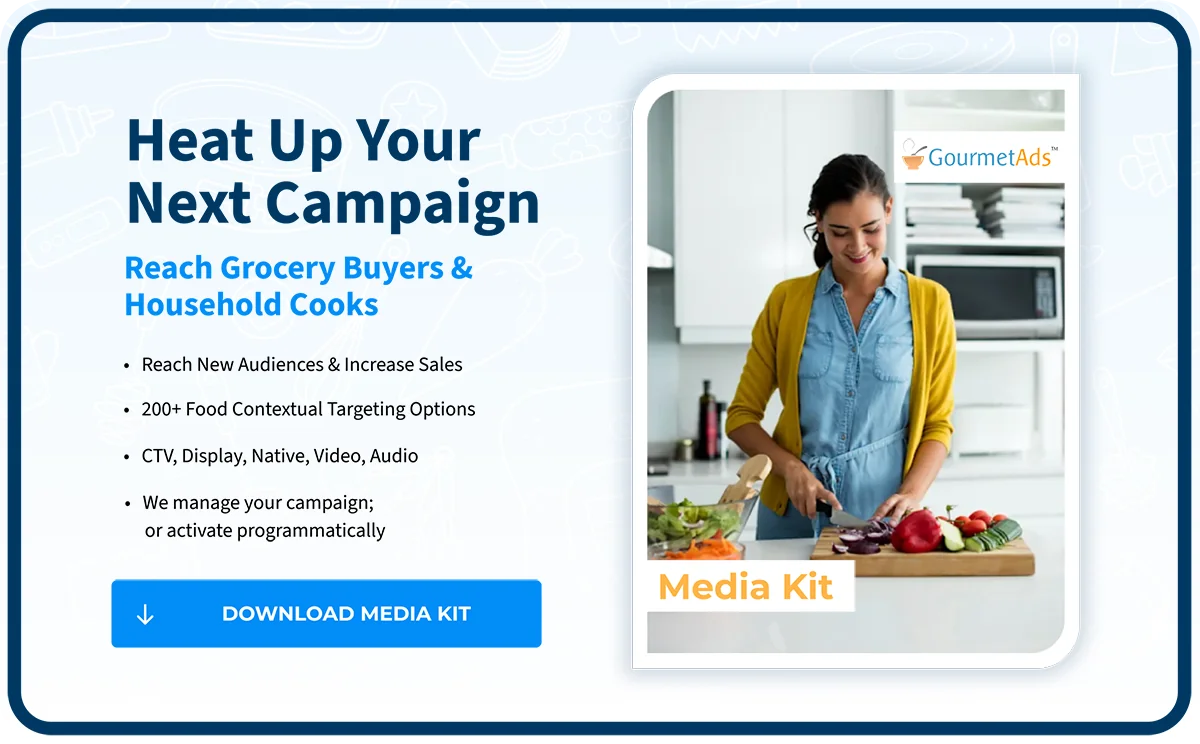There is a difference between native advertising vs sponsored content. Here are a few of the reasons why native advertising platforms have gained popularity. A native advertising marketplace is a platform that allows advertisers to buy sponsored content placements across a network of websites or digital media properties. Native advertising works well because it provides a less disruptive user experience than traditional display advertising. In contrast, sponsored content is content developed or commissioned by a brand and published on a third-party site. Unlike native advertising, sponsored content is intended to stand out as branded material rather than blend in with the platform on which it appears.
Native ad networks are an effective way for publishers to monetize their content without interfering with the user experience, as well as for advertisers to reach their target audience in an unobtrusive manner. Native Ads are designed to complement the look and feel of a publisher's website, as such as we request a number of required elements, however, each website's native execution is different. The ability of native ad platforms to create a seamless user experience is another significant characteristic.
Native advertising enables agency holding companies to produce content that blends perfectly with the user experience, making it less intrusive and more effective. With native advertising examples, you can effectively engage with customers and increase brand recognition. In this article, you'll see the best native advertising examples that have successfully captured their target audiences' attention. Native advertising example helps you to understand the designs used in this format.
Native display advertising is a type of online advertising that is designed to look and feel similar to the content on the website or app where it appears. Native advertising campaigns should blend in with the website, web page, or app in order to provide the user with a more natural and less disruptive experience. Native advertising cost is based on various aspects, including the platform, type of content being promoted, and the target audience. One of the key benefits of a native advertising agency is its ability to reach a narrowly focused audience. We'll look at some of the best native advertising agencies that can assist businesses in achieving their advertising objectives. However, it is essential to understand what is disruptive advertising (ads) meaning because it is not a one-size-fits-all strategy. It is a method that involves interrupting a user's experience with an unexpected and attention-grabbing advertisement. The effectiveness of disruptive advertising depends heavily on the type of product or service being advertised and the target audience.
Programmatic vs Native Advertising
Programmatic and native advertising have become the two main types of online advertising that are most in demand. Programmatic advertising is the process of using software to buy and sell advertising inventory. Native advertising, on the other hand, is a type of advertising that is designed to match the appearance and feel of the platform on which it is placed. The ability of native display advertising to effectively increase engagement and conversions is one of its primary advantages. Native display ads are less likely to be perceived as obtrusive or bothersome since they are integrated into the regular content. This can enhance the user experience and increase the likelihood that the user will interact with the ad. Brands can reach their target audience more efficiently and effectively by using native ads programmatic buying, resulting in higher engagement rates and better ROI. Many consumer package goods companies use different ad specs in their native ads. The key to a great display native ads is to blend in with the site's regular content without being too visible or annoying. As a matter of fact, video ads are among the most successful types of native advertising because they give businesses the opportunity to develop engaging, immersive experiences that draw viewers in and effectively deliver their message.
Our Native Ad Specs comply with OpenRTB Specs and most advertisers can use the same native ads they use for popular social networking websites. DSP Native Ads are native advertisement that is displayed on a demand-side platform (DSP). A DSP is a platform that gives advertisers access to real-time management and buying of digital ad inventory because they are more targeted and may reach the correct audience at the right moment. One of the primary advantages of display advertising is that it allows businesses to reach a larger audience than traditional advertising methods. This is due to the fact that display ad can be targeted to specific demographics, interests, and behaviors, ensuring that they are seen by people who are more likely to be interested in the product or service being advertised. Native ads are also known to have a higher CTR than banner ads, making them a more effective form of advertising. We host all Native Ad Units in our Ad Server.
We typically run a Native Ad InFeed Unit, however for the highest reach and scale, we suggest providing all the following elements.
Element |
Details |
|---|---|
| Main Image | JPG or PNG 150kb Maximum File Size Recommended resolution 1200px x 628px 1.91:1 aspect ratio |
| Headline |
Sometimes referred to as Title and considered the most important part of the native ad unit. |
| Description |
The Description is the supporting or additional copy that is often displayed under the Headline. |
| Click URL | The destination when the ad is clicked on. Can include UTM Codes if required. |
| Brand Name |
Exactly as you want it to appear including spelling, spacing, and capitalization. |
Let's Get Started !
Let the Gourmet Ads team walk you through all the options available to ensure that your Food, Supermarket, Beverage or Kitchen advertising campaign has the best possible combination of Premium Guaranteed Inventory, Scale, First Party Data, Contextual Targeting and Programmatic Advertising elements.







